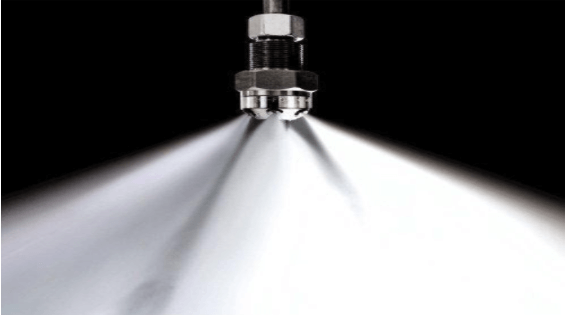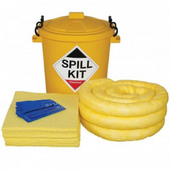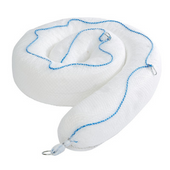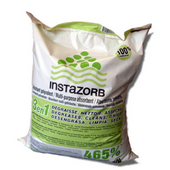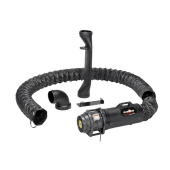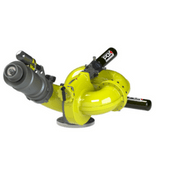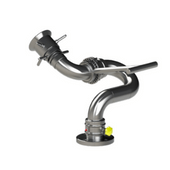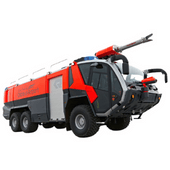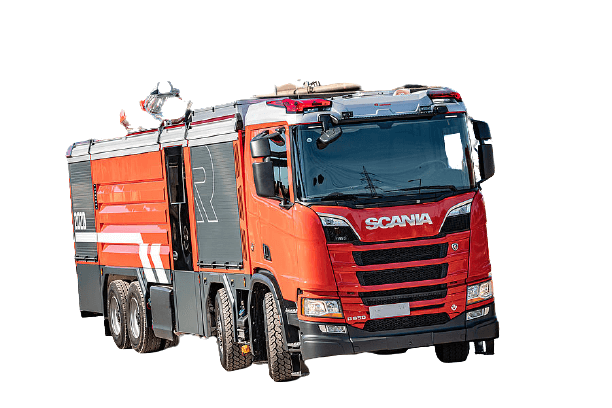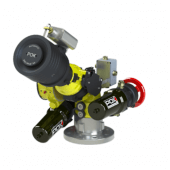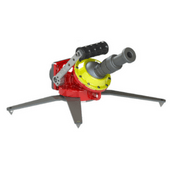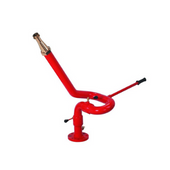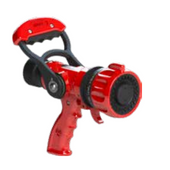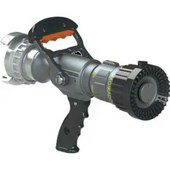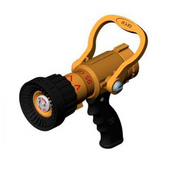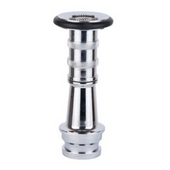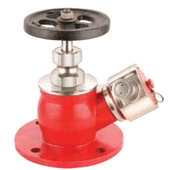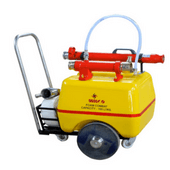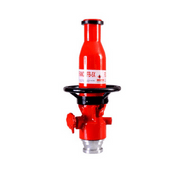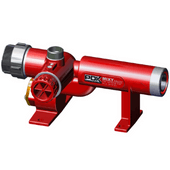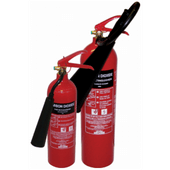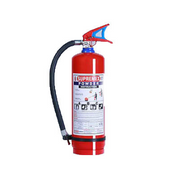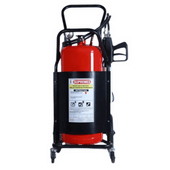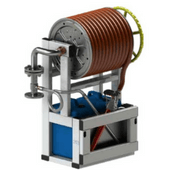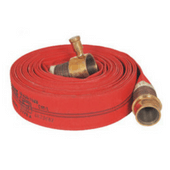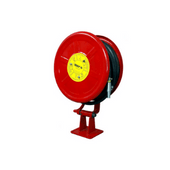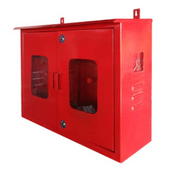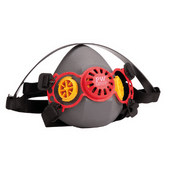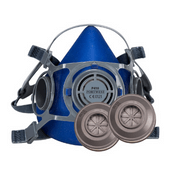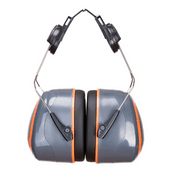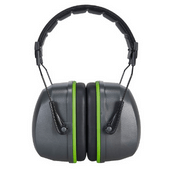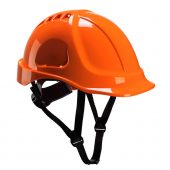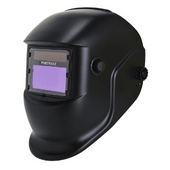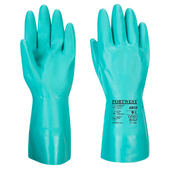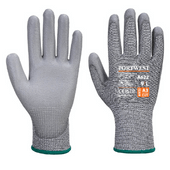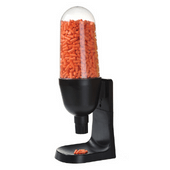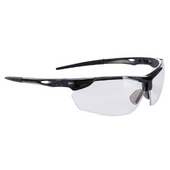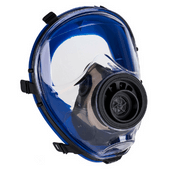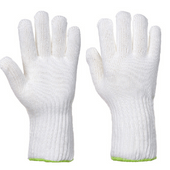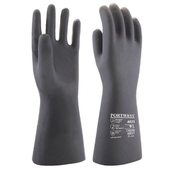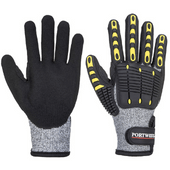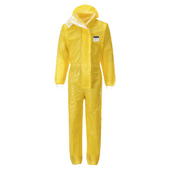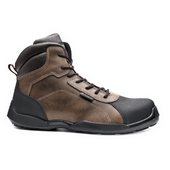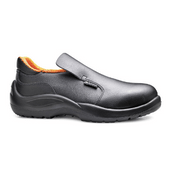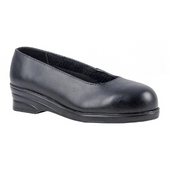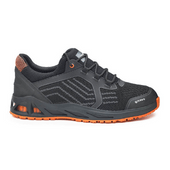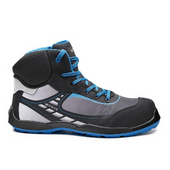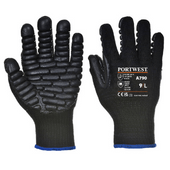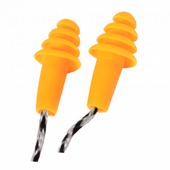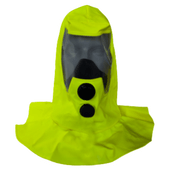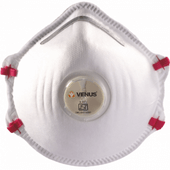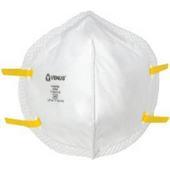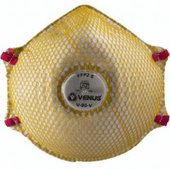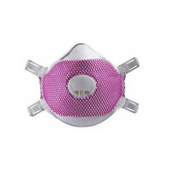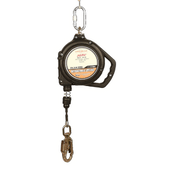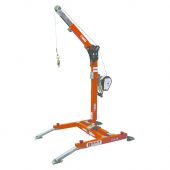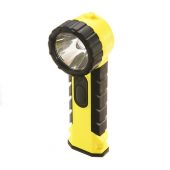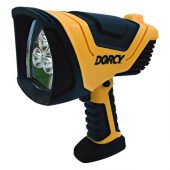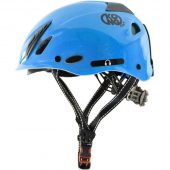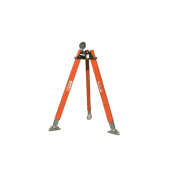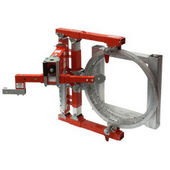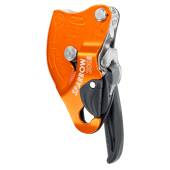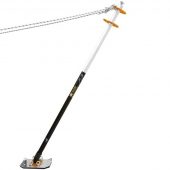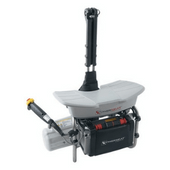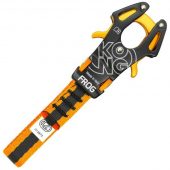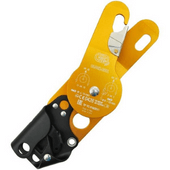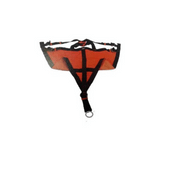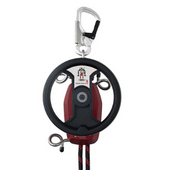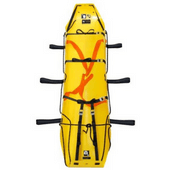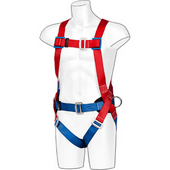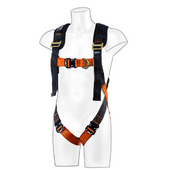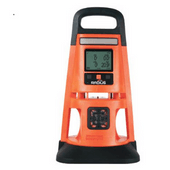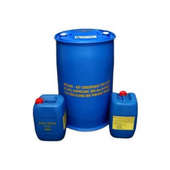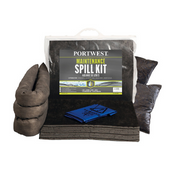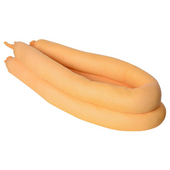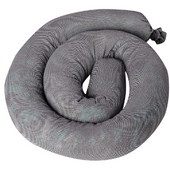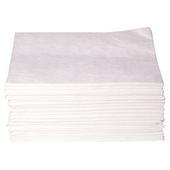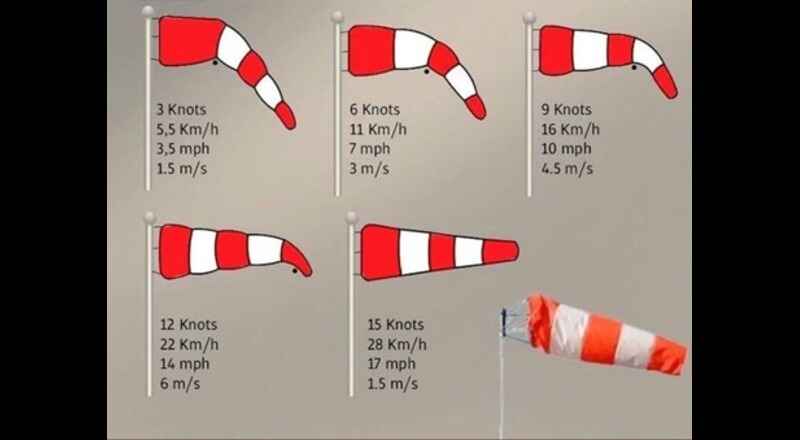
Wind Socks Specification, Types and Uses
A windsock, also known as a wind cone, is a conical tube designed to indicate wind direction and relative wind speed. Wind socks are used in meteorology, aviation, chemical plants and factories for safety reasons. They are made from light, resilient materials such as nylon or PVC and are often brightly colored or have reflective surfaces to enhance visibility. This article covers Wind socks specification, common types of windsocks and its use.
Use of Wind Socks
Windsocks provide a visual indication of wind direction and a rough estimate of wind speed. Here’s how windsocks work to measure wind velocity and direction:
Wind Direction:
Windsocks are typically shaped like a cone or truncated cone, open at one end and closed at the other. The open end is attached to a pole or mast, while the closed end is left free to move with the wind. When the wind blows, it inflates the windsock, causing it to fill with air and extend in the direction from which the wind is coming.
The direction in which the windsock is pointing indicates the wind’s direction. For example, if the windsock is pointing straight out from the pole, it means the wind is coming directly from that direction.
Wind Speed:
While windsocks are primarily used to show wind direction, they can also provide a rough estimate of wind speed based on the degree of inflation and movement. Here’s a general guideline:
Wind speed is indicated by the angle at which the sock stands relative to the mounting pole; a fully extended sock often denotes high winds.
A windsock usually has five stripes (either red/white or orange/green)and each stripe represents 3 knots of wind . In other words, when the first stripe extends, the wind speed reaches 3 knots. When the second stripe extends, it is 6 knots, and so on, until all stripes are extended when the wind speed is 15 knots or more 3.
A fully extended and straight windsock indicates strong wind upto 15 knots, while a limp or drooping windsock suggests light winds less than 3 knots.
It’s important to note that windsocks are not precise instruments for measuring wind speed. They offer a visual and approximate indication that can help people make informed decisions about various activities and safety measures. For accurate wind speed and direction measurements, more advanced instruments like anemometers and wind vanes are used in meteorology and aviation.
Wind Socks Types
There are several types of wind socks that can be categorized based on their sizes, materials, and specific applications. Here are some common types of wind socks:
Standard Wind Sock:
The standard wind sock is the most common type and is often seen at factories, construction and industrial sites. It features a tapered, cone-shaped design with a wide mouth that inflates and points into the wind. Click here to check our collection of standard wind socks if you are planning to buy one for your industry.
Airfield Wind Sock:
Airfield wind socks are used at airports to indicate wind direction and speed to pilots. They are larger than standard wind socks and can be up to 12 feet long.
Marine Wind Sock:
Marine wind socks are used at sea to measure surface wind direction and speed.
Lighted Windsock:
Lighted windsocks feature built-in lighting, which makes them visible at night or in low-light conditions. They are commonly used at airports and helipads for 24-hour operations.
Industrial Wind Socks Specification
Windsocks come in different sizes, ranging from 6 feet to 8 feet long . The International Civil Aviation Organization (ICAO) specifies that a windsock should be at least 3.6 meters (12 feet) long and 0.9 meters (3 feet) in diameter at the large end.
The wind sock shall be able to rotate 360 degrees freely about the vertical shaft it is attached to, when subjected to wind of 3 knots (5.6 km/hr. or 3.5 mph) or more. Windsock stand shall be of heavy Duty G.I. pipe of minimum 1-inch dia and 5-7 feet long. Weather proof single or double ball bearing shall be mounted on G.I. pipe stand, Ring holding arms shall be welded to 360º rotating system to rotate the sock to wind direction. It is always advisable to use double ball bearing to get the best performance. Top end of bracket shall also be plugged to prevent from dust, water etc.
Wind sock shall be made of water repellent long-lasting fabric (parachute cloth or equivalent). They can be made of materials such as nylon, polyester, and PU fabric with polyester lining. Fabric and all components shall be preferably of UV resistant, suitable for hot & cold windy climatic conditions. Top quality windsocks often have fabric conforming to international standards such as BS EN ISO 20471 (Standard for high visibility clothing) and BS EN 343 (Protective Clothing: Protection against rain). It shall be fluro luminescent, highly visible color, preferably orange –green or Red-White stripes.
The taper of the windsock cloth from the throat to the trailing end must be designed to cause the windsock to fully extend when exposed to a wind of 15 knots (28 km/hr or 17 mph). Usually the Windsock Body length range from 60 inch (5 ft)- 72 inch (6 ft) and the most common one is 6ft length.
Windsock throat diameter range from 18 inch (1.5 ft) -24 inch (2 ft) . Big size end of the windsock is called “throat” and commonly it comes in 2ft dia. Smaller end dia may range from 12-13 inch (1ft).
Double or triple stitching shall be used at all seams; It shall be reinforced at all points that are subject to abrasion by flexing against the metal framework and be designed for replacement without use of special tools or stitching.
Metallic eyelets (preferably brass) shall be provided around eyelet for durability and the polypropylene rope of minimum 3 mtr length shall be used to tie the windsock cloth to the stand.












